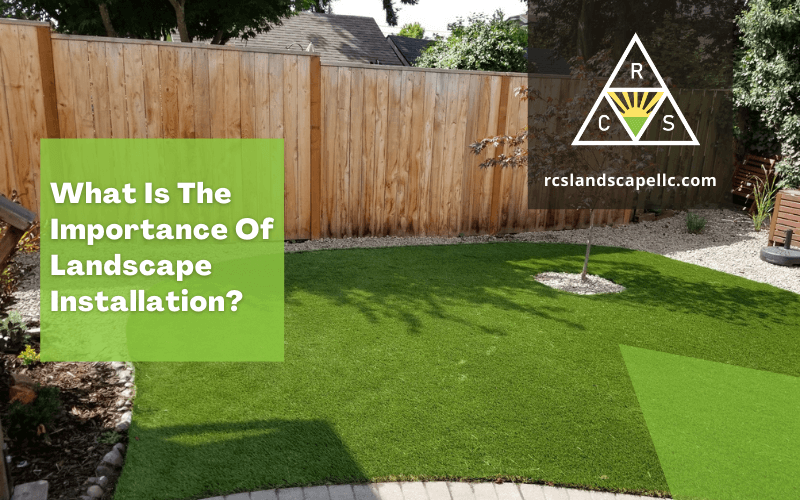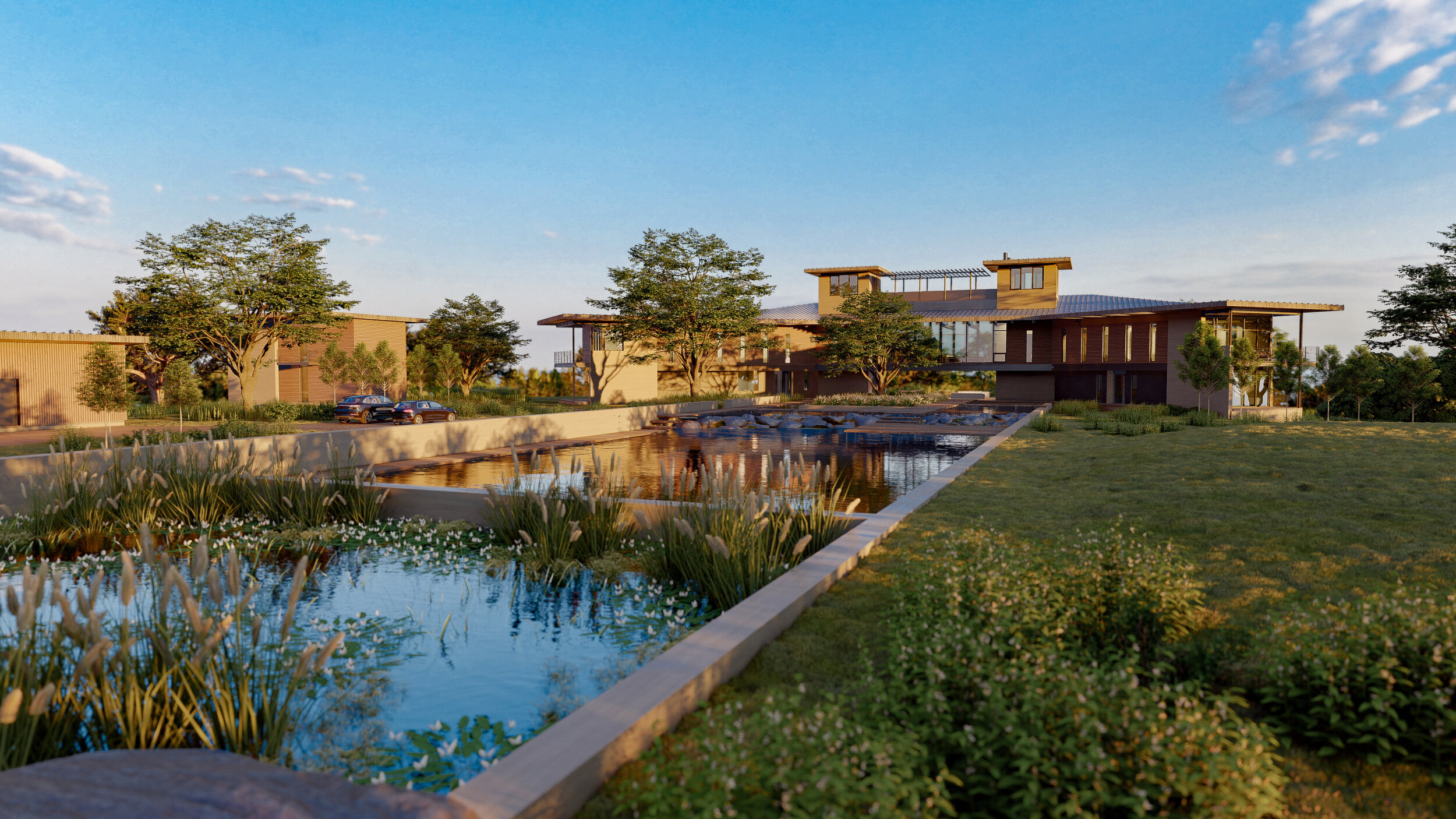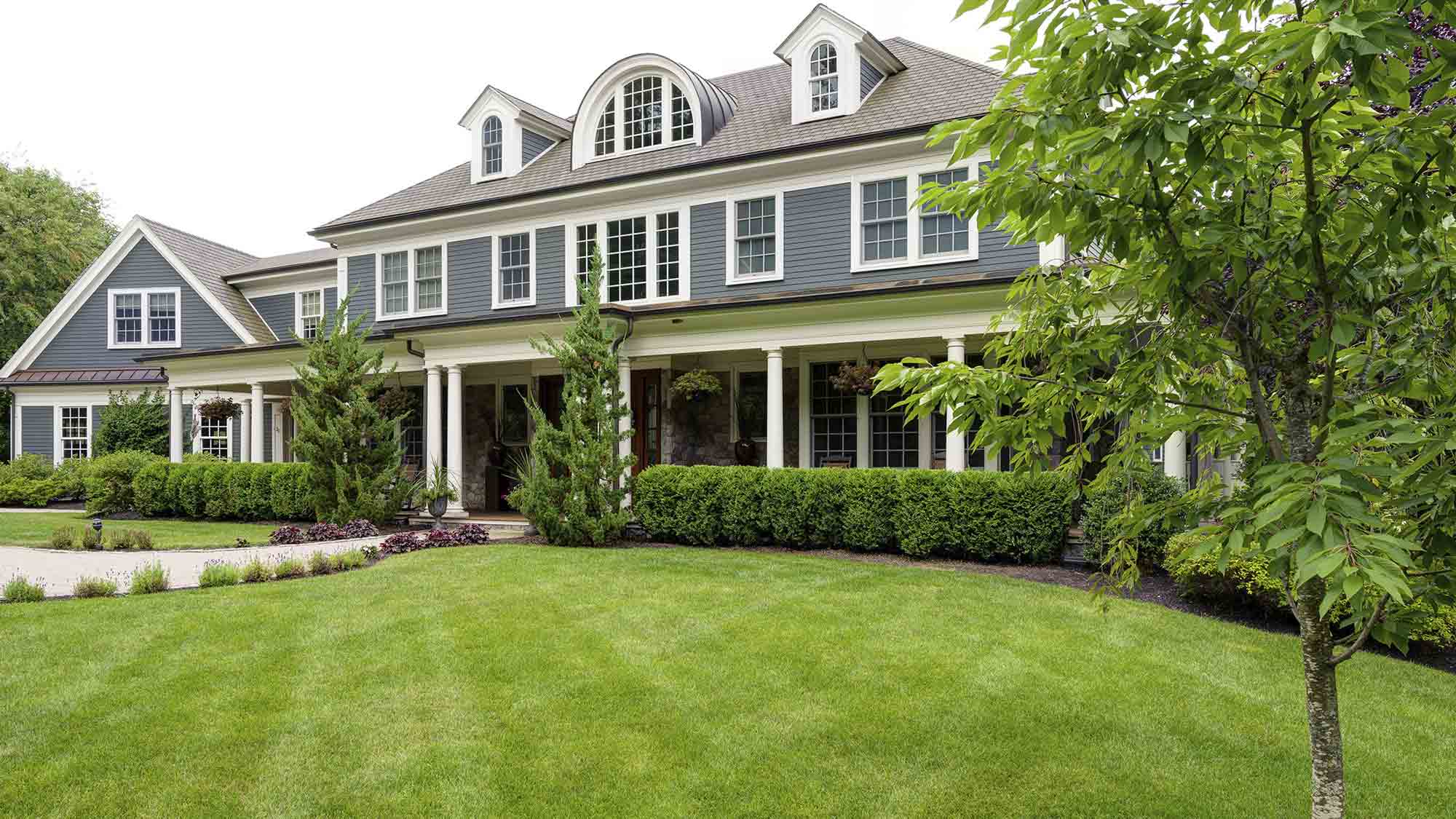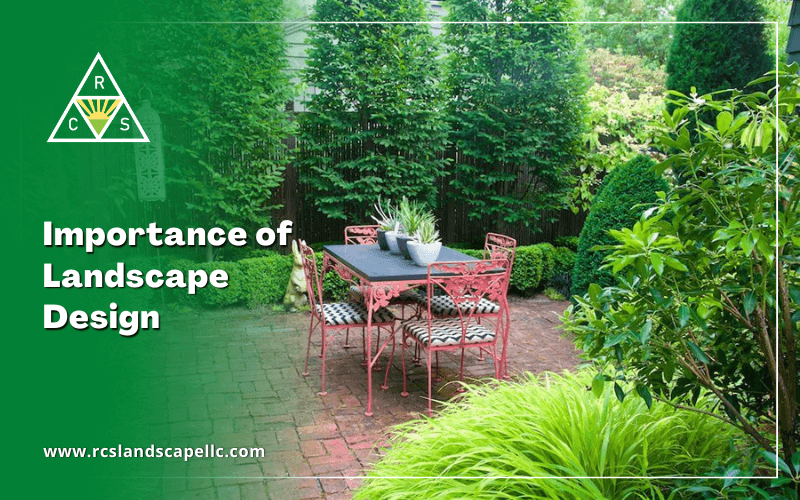10 Simple Techniques For Landscape Design
10 Simple Techniques For Landscape Design
Blog Article
All about Landscape Design
Table of ContentsThe Buzz on Landscape DesignThe Best Strategy To Use For Landscape DesignFascination About Landscape DesignEverything about Landscape Design
When designing a residential landscape, one of the most important step is to place a plan on paper. Creating a plan of attack will certainly conserve you money and time and is extra most likely to lead to an effective layout. Landscape Design. A master plan is created through the 'layout process': a detailed approach that takes into consideration the ecological problems, your needs, and the aspects and concepts of designThe 5 steps of the style process include: 1) performing a site supply and analysis, 2) identifying your requirements, 3) creating practical representations, 4) establishing theoretical layout strategies, and 5) attracting a last style plan. The initial 3 actions develop the visual, useful, and gardening requirements for the style. The last two actions after that use those requirements to the development of the last landscape strategy.
This is an essential step for both plant option and placement and situating household tasks and features. It is necessary since the very same climate conditions that affect the plantstemperature, humidity, rainfall, wind, and sunlightalso impact you, the customer. The following action is to make a checklist of your needs and desiresthis aids you establish exactly how your yard and landscape will be used.
The functional diagram is then used to situate the activity rooms on the website and from this representation a theoretical strategy is established - Landscape Design. The last step is a last layout that consists of all the hardscape and growing details that are necessary for setup. Throughout the design procedure there are 10 vital things to consider: for plant option and activity location by considering what you desire and need to assist establish shapes and arrange areas by marking activity locations and relating to components for both the environment and the customer by utilizing massing and layering techniques such as change areas and prime focus in the products, the colors, and the surface area structures for the growth and upkeep of plants by utilizing sustainable layout techniques A comprehensive supply and analysis of the website is essential to figure out the environmental conditions for plant development and the most effective use the website
More About Landscape Design
The sort of dirt identifies the nutrients and wetness available to the plants. It is always best to utilize plants that will grow in the existing dirt. Although soil can be changed, modification is frequently pricey and the majority of times inefficient. Existing plants can provide ideas to the dirt type. Where plants expand well, keep in mind the dirt problems and use plants with similar expanding requirements.

Sun/shade patterns, the amount and size of exposure to sun or color (Number 1), develop microclimates (in some cases called microhabitats). Recording website problems and existing vegetation on a base map will certainly reveal the area of microclimates in the lawn. Plants typically fall into a couple of of 4 microclimate categories-full sun, partial shade, shade, and deep color.
Utilities such as power lines, septic storage tanks, below ground utilities and roofing overhangs establish plant place. Use a property surveyor's plat of your residential property for the limits and place of your home.
Landscape Design Can Be Fun For Everyone
Determine the time and cash you are ready to place into preserving the plants Visit This Link and hardscape-be reasonable regarding your intentions and ability. Proposed use locations. Credit Rating: Gail Hansen, UF/IFAS There are many various landscape style styles- from simple to facility, yet it is valuable to select one to direct your plant and material option.

Determine if you intend to open your yard, close your backyard, or a little of both, to these views. To put it simply, do you desire the garden to confine the area around you and associate mostly to your house, or do you desire the garden to open views and look outside, connecting to the environments? This will give you a starting factor to think of a theme.
Landscape Design Can Be Fun For Everyone

Every garden should have a type motif, but not all gardens have a style theme. Many household yards have no specific style except to mix with the home by repeating information from the style such as materials, color, and type.
In a type motif the organization and shape of the spaces in the lawn is based either on the form of your house, the form of the locations between your house and the property limits, or a favored shape of the property owner. The type style establishes the shape and organization (the format) of the rooms and the links in between them.

Report this page